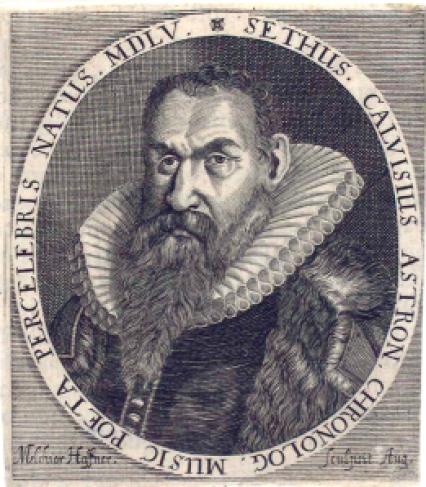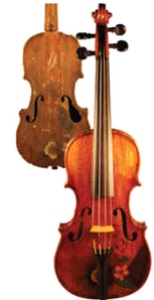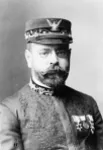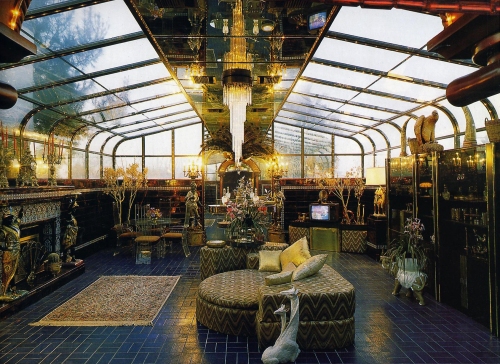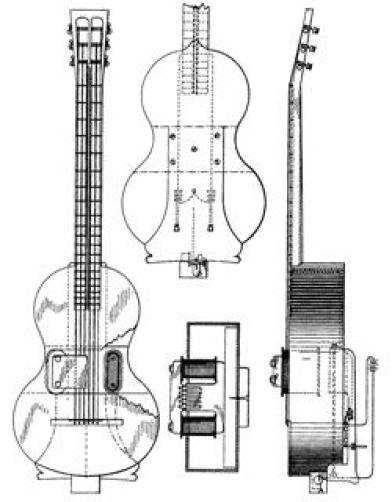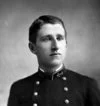Mozart’s epistolary style was based on spoken traditions, not written ones; his spontaneous use of language—including rich proverbial speech—gives his lively and telling letters their linguistic and emotional authenticity.
Examples include:
-
- “Of what use is a great sensation and rapid fortune? It never lasts. Chi va piano, va sano. One must just cut one’s coat according to one’s cloth.”
-
- “Now I sit like a rabbit in the pepper! The first act was finished more than three weeks ago…but I cannot compose any more, because the whole story is being altered.”
-
- “Yes, my dear little cello, it’s the way of the world, I’m told. Tom has the purse and Dick has the gold; and whoever has neither has nothing, and nothing is equal to very little, and little is not much; therefore nothing is still less than little, and little is still more than not much, and much is still more than little and—so it is, was, and ever shall be.”
This from “‘Nun sitz ich wie der Haass im Pfeffer”: Sprichwörtliches in Mozarts Briefen” by Wolfgang Mieder (Augsburger Volkskundliche Nachrichten XII/16 [December 2002] pp. 7–50; an English translation is in Journal of folklore research XL/I [January–April 2003] pp. 33–70).
Mozart’s appreciation of folklore extended to music as well; below, Clara Haskil plays his variations on the folk song Ah, vous dirai-je maman.
More articles about Mozart are here.


